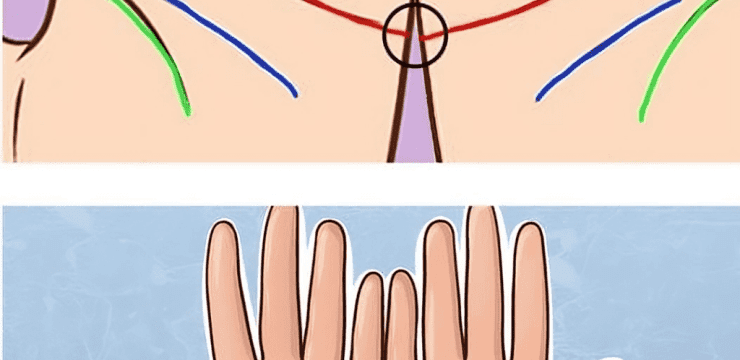On July 29, 2024, a piece of history crumbled under the pressures of modern environmental challenges. In Mexico’s Ihuatzio Archaeological Zone, an ancient pyramid, a relic of the Purépecha civilization, suffered a catastrophic collapse. This structure, one of the two remaining bases from a civilization that thrived between 900 and 1200 CE, stood as a testament to the architectural brilliance and cultural significance of the Purépecha people. The unexpected collapse of the pyramid’s southern facade has sparked concerns and fears, not just for the future of this historic site but also for the preservation of ancient landmarks worldwide.
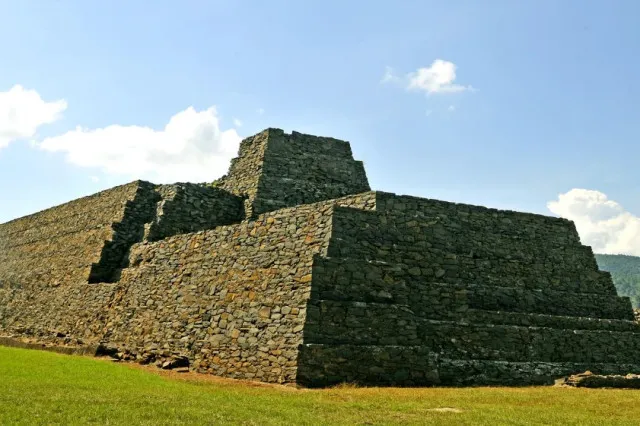
Located in Michoacán, Mexico, the Ihuatzio Archaeological Zone houses remnants of the once-powerful Purépecha civilization. Known for their resistance against the Aztecs and their unique cultural contributions, the Purépecha left behind impressive structures, including the pyramid bases that have fascinated historians and archaeologists for centuries.
The pyramid’s collapse on that fateful day was directly linked to severe weather conditions that had plagued the region. A deadly combination of heavy rains followed by an intense drought created the perfect storm, literally and figuratively. The drastic shifts between these extreme weather patterns weakened the pyramid’s structure, leading to its eventual downfall.
The National Institute of Anthropology and History (INAH) has pointed to climate change as a significant factor in the collapse. Prolonged droughts followed by sudden heavy rainfall caused cracks to form in the structure. These cracks allowed water to seep in, further eroding the already fragile foundation of the pyramid. The collapse is a stark reminder of how climate change is not just an environmental issue but also a cultural one, threatening historical sites around the world.
Interestingly, the INAH also highlighted that previous restoration efforts might have inadvertently contributed to the pyramid’s demise. Instead of preserving the structure, these efforts may have weakened its foundation, making it more susceptible to environmental changes. This revelation has prompted a reevaluation of how ancient structures are maintained and restored.
For the local Purépecha community, the pyramid was more than just an ancient monument; it was a symbol of their heritage, a tangible link to their ancestors. The collapse has struck a deep emotional chord, with many viewing it as a significant loss to their cultural identity.
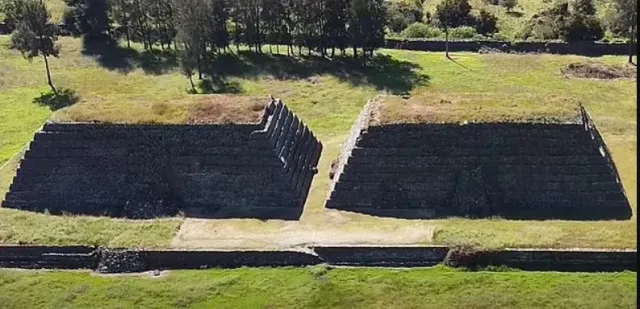
Tariakuiri Alvarez, a local resident, expressed his concerns on social media, interpreting the collapse as a ‘bad omen.’ He drew parallels with historical events where similar incidents were seen as harbingers of significant change. This sentiment is deeply rooted in the local legends and traditions that have been passed down through generations, especially those that predate the Spanish conquest.
The collapse of the Ihuatzio pyramid underscores the vulnerability of ancient structures in the face of modern environmental challenges. As climate change continues to alter weather patterns globally, historical sites like this pyramid face increasing threats. This incident serves as a stark reminder of the ongoing struggle to preserve cultural heritage in the age of climate change.
The pyramid’s collapse has sparked broader discussions about the future of ancient landmarks. If climate change continues at its current pace, how many more historical sites will we lose? What does this mean for the communities that hold these sites dear? These are questions that researchers, historians, and conservationists are now grappling with.
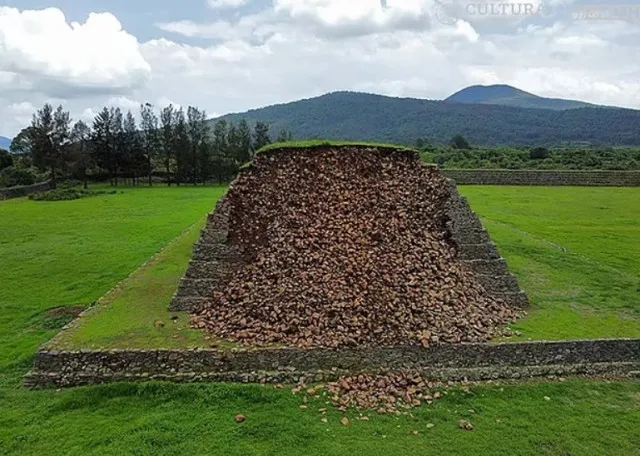
In the aftermath of the collapse, conservation teams have been working tirelessly to assess the damage and begin the process of securing and repairing the affected structure. The goal is not just to restore what has been lost but also to reinforce the remaining structure to prevent future collapses.
The incident has prompted a critical reevaluation of restoration techniques. The realization that past efforts may have contributed to the pyramid’s downfall suggests that a more careful, environmentally conscious approach is needed. This includes considering the long-term impacts of climate change in any preservation efforts.
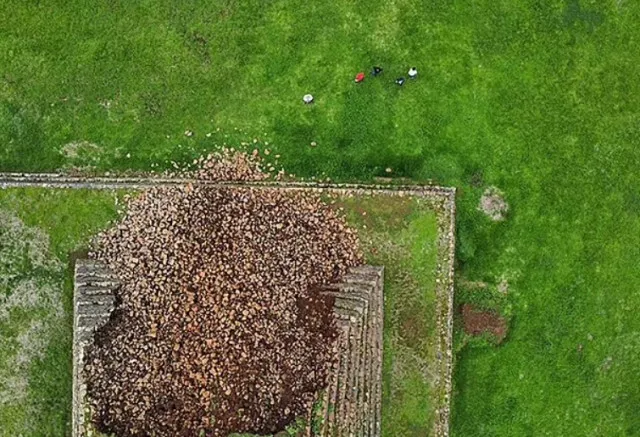
The collapse of the ancient pyramid in Mexico is more than just a loss of a historical structure; it is a symbol of the challenges we face in preserving our cultural heritage in a rapidly changing world. As climate change continues to impact our environment, the future of many such landmarks hangs in the balance.
This incident could be a turning point in how we approach the preservation of ancient sites. It highlights the need for a more proactive stance in safeguarding our cultural heritage against the increasing threats posed by climate change. Global awareness and action are crucial in this regard. As more people become aware of the challenges faced by ancient structures, there is hope that greater support for conservation efforts will follow, both financially and politically.
The collapse of the ancient pyramid at Ihuatzio is a wake-up call for all of us. It serves as a reminder that our cultural heritage is not immune to the impacts of climate change. If we are to preserve these irreplaceable treasures for future generations, we must take stronger, more effective measures now. The world’s history is written in these ancient stones, and it is up to us to ensure that the story continues to be told.


